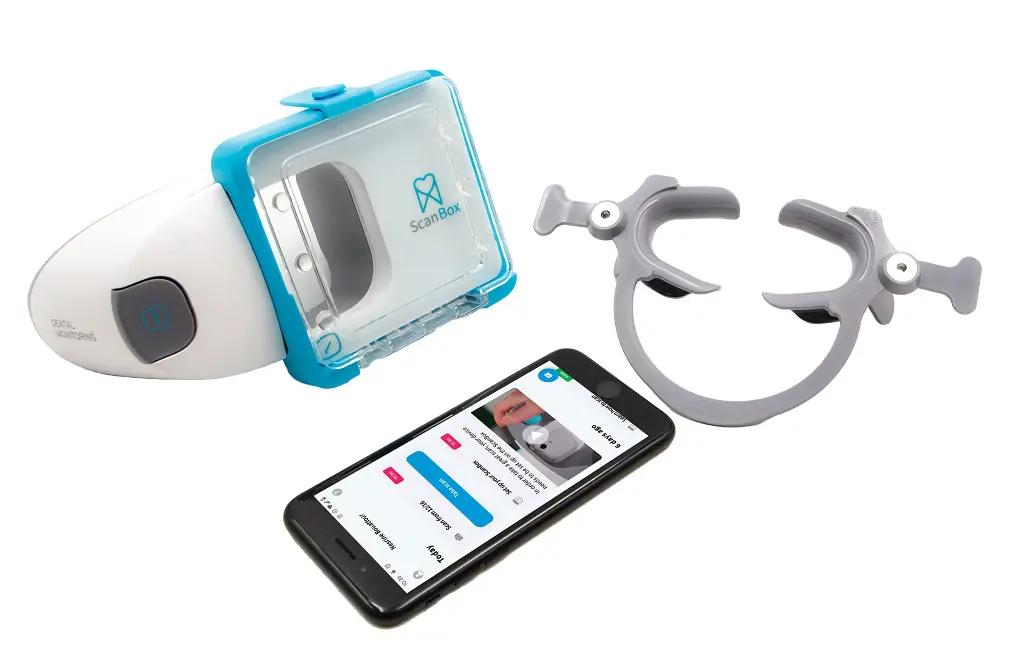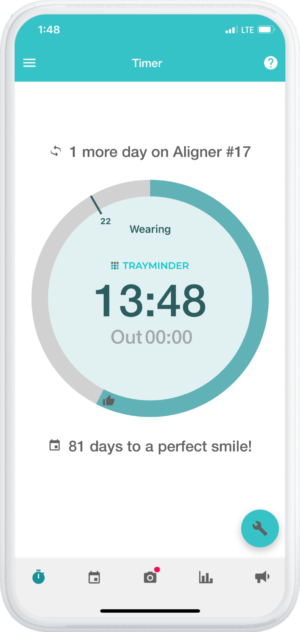The Future of Orthodontics: How Digital Planning is Transforming Treatments
In recent years, the field of orthodontics has witnessed a revolution, thanks largely to digital technology. Traditionally, orthodontic treatments involved time-consuming manual planning, physical molds, and guesswork in forecasting patient outcomes.
However, digital orthodontic planning has introduced unprecedented precision and efficiency, enabling practitioners to enhance patient experiences and outcomes significantly. This transformation is creating new standards in orthodontic care and reshaping the future of dental treatments.
The Rise of Digital Orthodontics
Digital orthodontics leverages advanced technologies such as 3D imaging, intraoral scanning, and artificial intelligence to streamline treatment planning and enhance accuracy. According to research published in the Journal of Orthodontic Research, 3D imaging and intraoral scanning have revolutionized the initial diagnostic stages by allowing for high-resolution, anatomically accurate images that are immediately available for analysis (Hajeer et al., 2024). This shift saves time and resources for practitioners and helps them develop more personalized treatment plans tailored to each patient’s unique dental structure.

Video Simulation Description (Play to view a hybrid treatment simulation)
Precision and Predictability in Treatment Planning
One of the standout benefits of digital orthodontics is its ability to enhance the predictability of treatment outcomes. In traditional methods, predicting patient outcomes was challenging, requiring frequent adjustments as treatment progressed.
However, digital planning tools, particularly in the case of clear aligners, allow orthodontists to visualize the entire treatment journey before even beginning. With software that simulates tooth movement and progression, practitioners can create accurate, step-by-step treatment plans that patients can preview.
Further innovations also involve treatment simulation on fixed appliances and hybrid approaches that definitely allows dentists and patients determine treatment checkpoints or visualize treatment objectives which would take a lenghty laboratory work-up through conventional Kesling set-ups. A study published in the American Journal of Orthodontics and Dentofacial Orthopedics showed that digital planning significantly reduced the need for mid-treatment adjustments, ultimately shortening the treatment duration and improving patient satisfaction (Jones & Lee, 2022).
Improved Patient Communication and Engagement

Digital orthodontics is also changing the way practitioners communicate with patients. With 3D imaging and virtual models, patients can see detailed representations of their teeth and the anticipated results, offering a transparent view of the process.
According to the European Journal of Orthodontics, this visual approach improves patient compliance and satisfaction, as individuals are more likely to follow treatment guidelines when they understand the end goal (Chen et al., 2023). By fostering patient engagement, digital tools build trust and lead to more successful outcomes.
Remote Monitoring and Efficiency
With the help of digital tools, orthodontists can remotely monitor patient progress through apps and cloud-based systems. Remote tracking, combined with AI-powered insights, allows for immediate adjustments if treatment veers off course.
This has not only made orthodontics more convenient for patients, particularly those in remote areas but has also improved efficiency in practice management by reducing the need for frequent in-office visits.


With the help of digital tools, orthodontists can remotely monitor patient progress through apps and cloud-based systems. Remote tracking, combined with AI-powered insights, allows for immediate adjustments if treatment veers off course.
This has not only made orthodontics more convenient for patients, particularly those in remote areas but has also improved efficiency in practice management by reducing the need for frequent in-office visits.


Challenges and the Future Outlook
While digital orthodontics has undeniable benefits, the transition to these technologies requires initial investment and training. Digital planning systems and 3D printing equipment can be costly, especially for smaller practices. Additionally, as AI and machine learning algorithms continue to evolve, there is an ongoing need for practitioners to stay updated on the latest advancements and refine their skills.
However, the benefits of digital orthodontics far outweigh these challenges, and the technology is expected to become even more accessible in the coming years. The future promises innovations that will refine digital planning further, such as enhanced AI-driven treatment simulations, increased automation in aligner manufacturing, and broader applications of tele-orthodontics. As digital orthodontics becomes mainstream, patients can anticipate faster, more precise treatments and more involvement in their own care.
Bridging the Gap with Hanay
At the forefront of digital orthodontics is Hanay by Transform3D PH, which aims to bridge the gap between traditional orthodontics and digital innovation. Hanay’s digital solutions, including Digital Orthodontic Planning, Clear Aligners, Hybrid Orthodontics, and Indirect Bonding Trays, empower practitioners to offer a seamless, tech-driven approach to orthodontic care.
Unlike traditional models that often require external laboratories and lengthy timelines, Hanay brings these processes in-house with advanced 3D imaging and intraoral scanning capabilities. This local, digital-first approach enables faster turnaround times and more reliable case management, making it easier for orthodontists to deliver highly personalized treatment plans.
One of the significant hurdles in adopting digital orthodontics is overcoming the learning curve associated with new technologies.
Hanay addresses this challenge directly, offering a supportive approach that combines evidence-based fundamentals with the latest digital technology trends. Hanay’s platform is designed with intuitive interfaces and step-by-step support that helps practitioners seamlessly transition into digital planning.
By aligning with best practices and grounded research, Hanay enables orthodontists to deliver solutions that are not only tailored to each patient’s needs but also rooted in proven, effective treatment methodologies.
This integration of foundational orthodontic principles with cutting-edge digital tools ensures that practitioners are not merely using technology for technology’s sake but are applying it meaningfully to improve patient outcomes. Through Hanay, orthodontists gain a supportive bridge into the digital orthodontic realm, empowering them to enhance their practices confidently and efficiently.
Hanay addresses this challenge directly, offering a supportive approach that combines evidence-based fundamentals with the latest digital technology trends. Hanay’s platform is designed with intuitive interfaces and step-by-step support that helps practitioners seamlessly transition into digital planning.
By aligning with best practices and grounded research, Hanay enables orthodontists to deliver solutions that are not only tailored to each patient’s needs but also rooted in proven, effective treatment methodologies.
This integration of foundational orthodontic principles with cutting-edge digital tools ensures that practitioners are not merely using technology for technology’s sake but are applying it meaningfully to improve patient outcomes. Through Hanay, orthodontists gain a supportive bridge into the digital orthodontic realm, empowering them to enhance their practices confidently and efficiently.
Conclusion
Digital planning in orthodontics has paved the way for a future where treatments are faster, more accurate, and patient-centered. Through the integration of 3D imaging, AI, and remote monitoring, orthodontists are now better equipped than ever to provide high-quality, individualized care.
Hanay by Transform3D PH is leading the way, offering a digital orthodontic solution that blends innovative technology with practical application, ensuring that modern orthodontics is accessible, efficient, and empowering for both practitioners and patients.
References
- Hajeer, Mohammad Y & Millett, Declan & Ayoub, Ashraf & Siebert, Jan. (2004). Applications of 3D imaging in orthodontics: Part II. Journal of orthodontics. 31. 154-62. 10.1179/146531204225020472.
- Nanda, R., Castroflorio, T., Ojima, K., & Garino, F. (2021). Principles and biomechanics of Aligner Treatment (1st ed.). Elsevier.
- Jones, R., & Lee, T. (2022). “Digital treatment planning in orthodontics and its effects on treatment duration.” American Journal of Orthodontics and Dentofacial Orthopedics.
- Chen, W., et al. (2023). “Enhancing patient engagement in orthodontics through digital visualization.” European Journal of Orthodontics.
- Harris, D., et al. (2023). “AI-driven precision in orthodontic treatment planning.” Journal of Clinical Orthodontics.
- Miller, P., et al. (2024). “The role of remote monitoring in orthodontic treatment efficiency.” Journal of Telemedicine and Telecare.
